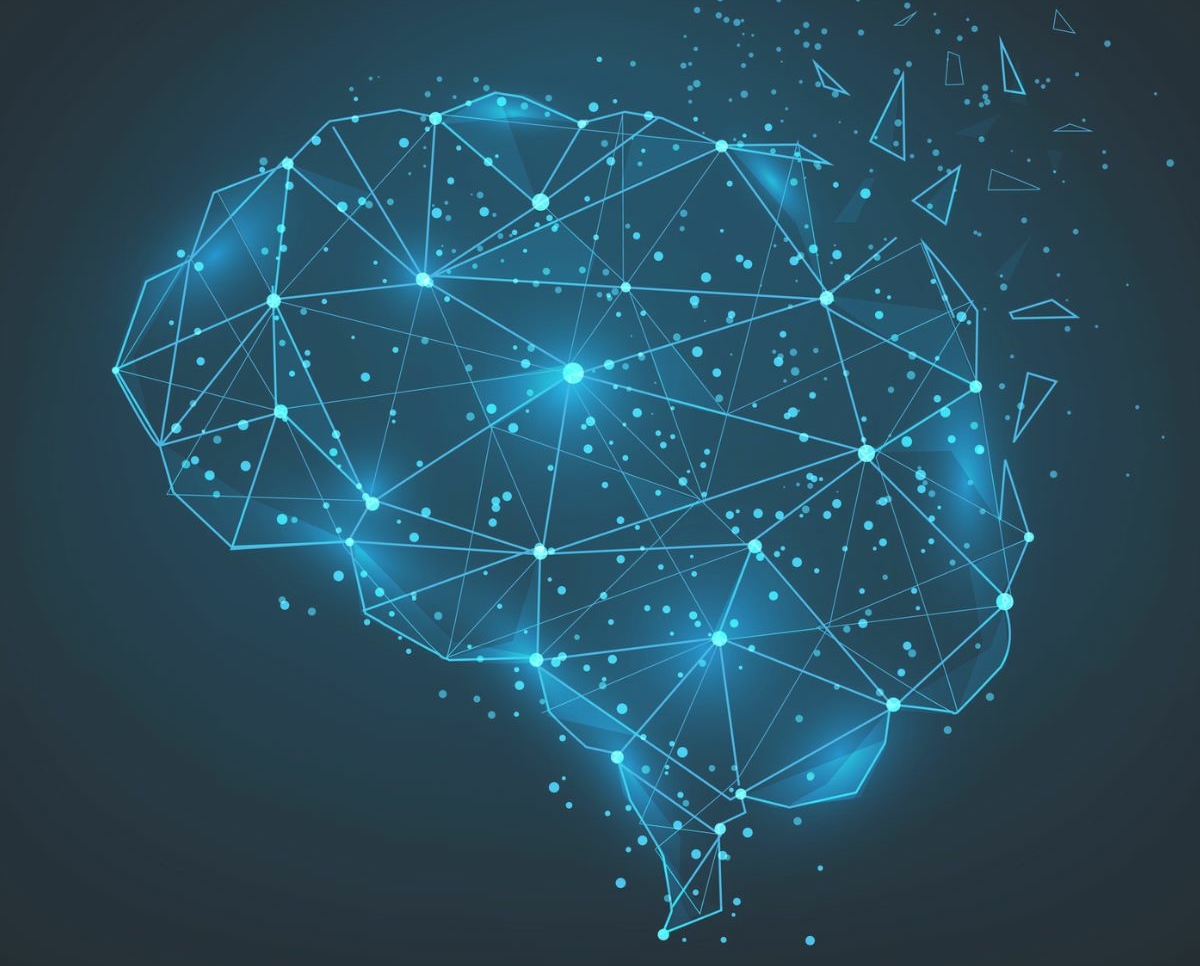Breaking news update: Results of the FDA’s MDMA AdComm:
Efficacy — 2 YES; 9 NO
Safety — 1 YES; 10 NO
By contrast — Spravato saw unanimous approval by the AdComm
You may know MDMA by its street names – Molly, ecstasy or just X – a party drug that has been banned in the United States for more than 30 years. At ENMEDIA we’re watching tomorrow’s (June 4, 2024) Food and Drug Administration advisory committee meeting to discuss risks and benefits of a Lykos Therapeutics MDMA therapy in the treatment of post-traumatic stress disorder, or PTSD. Lykos – and many patients with PTSD – hope for an approval this summer.
For an in-the-know perspective, we caught up with Dr. Husseini Manji, former head of the neuroscience therapeutic area at J&J, who led development of SPRAVATO (esketamine), the S-enantiomer of ketamine. Another medicine based on a party drug, SPRAVATO is now FDA-approved for the treatment of treatment-resistant depression. Dr. Manji also worked on two promising neuropsychiatric precision medicines from Johnson & Johnson, one of which was in the news last week.
ENMEDIA: Dr. Manji, you’re widely credited with opening the door to a new era in precision neuropsychiatric treatments as well as to the use of psychedelics for treatment of serious mental illness. How would you define precision neuropsychiatry, and how does it differ from traditional approaches?
Dr. Husseini Manji: Precision neuropsychiatry involves targeting subtypes of patients with specific treatments. Unlike the traditional one-size-fits-all approach, where everyone with depression might receive an SSRI, precision neuropsychiatry aims to tailor treatments based on the subtype of illness. For example, if a depressed patient presents with insomnia and hyperarousal, they might receive a different medication than a patient whose depression is characterized by anhedonia and lack of motivation. This approach can be refined through clinical assessment and, in the future, biological markers.
ENMEDIA: In addition to the development of SPRAVATO, you played a very strong role in the development of two Johnson & Johnson precision drugs, one with recent promising data. What can you tell us about them?
Dr. Husseini Manji: The two drugs, one targeting limbic hyperarousal and the other targeting anhedonia, represent completely novel mechanisms for treating depression. Before esketamine, there hadn’t been a new antidepressant mechanism in 60 years. These new drugs are groundbreaking because they offer targeted treatments for specific subtypes of depression. This not only helps patients more effectively but also brings significant investment and interest back into the field of psychiatry.
Within a few years we may have 3 completely novel medications for depression out of J&J, all targeting different subtypes of depression. I think they’re going to be completely unprecedented mechanisms.
Seltorexant was a completely homegrown molecule. This drug targets the circuitry involved in what is sometimes called limbic hyperarousal. It might be particularly useful for patients with depression characterized by insomnia, ruminations, and agitation. This represents a significant subtype of depression. The drug is a first-in-class therapy now in Phase 3 and met all primary and secondary endpoints in a pivotal Phase 3 study in patients with major depressive disorder (MDD) with insomnia symptoms.
Aticaprant is in Phase 3 trials as an adjunctive treatment for MDD with moderate-to-severe anhedonia. It is a highly selective kappa opioid receptor (KOR) antagonist and aims to improve symptoms by targeting specific neural pathways involved in reward and motivation.
So, within a few years we may have 3 completely novel medications for depression out of J&J, all targeting different subtypes of depression. I think they’re going to be completely unprecedented mechanisms.
ENMEDIA: Alto Neuroscience is also working to advance precision neuropsychiatric approaches. What can you tell us about their approach?
Dr. Husseini Manji: Alto, where I serve on the Board of Directors, is doing significant work in identifying biological subtypes of psychiatric conditions. They are looking at cognitive tests that can be done at home and using EEG to find subtypes of depression that might respond to specific interventions. The goal is to make these tests accessible and inexpensive. While developing biomarkers is fantastic, the challenge is integrating them into routine clinical practice, which takes time. Alto’s work is an exciting step towards precision psychiatry.
ENMEDIA: Let’s talk about psychedelics. SPRAVATO changed how we think about the use of psychedelic drugs for treatment of serious psychiatric conditions, but there are significant differences between the S-enantiomer of ketamine and psilocybins and MDMA. With a potential approval for the Lykos drug on the horizon, what is the future for MDMA?
Dr. Husseini Manji: Broadly, psychedelics, whether it’s MDMA or psilocybin, do seem to work, and the more options patients have, the better. However, there are significant challenges, particularly in how they are administered and evaluated. The effects of psychedelics are closely tied to the setting and the therapist’s involvement, which complicates their assessment. With MDMA, in studies, about 50% of participants had previously taken the drug and knew what to expect, which creates a high level of expectation. More than 90% of participants could tell they were getting the drug, making it difficult to maintain a true double-blind study. Despite these challenges, the data suggest that many people remain well for months after treatment, which indicates a real drug effect. My expectation is that MDMA might be approved with specific safeguards, possibly requiring administration in controlled settings similar to clinical trials. This ensures safety and efficacy but might limit widespread, easy access. It’s a complex balance, but I believe psychedelics can provide significant benefits if managed carefully.
ENMEDIA: Is it too much to say we’re entering a new era in neuropsychiatry?
Dr. Husseini Manji: We are indeed entering a new era in neuropsychiatry. The success of esketamine demonstrated that we could develop markedly better treatments. This has revitalized interest and investment in the field, with both biotechs and big pharma re-engaging. The introduction of these new treatments highlights the potential for innovative approaches to significantly improve patient outcomes in neuropsychiatry.
